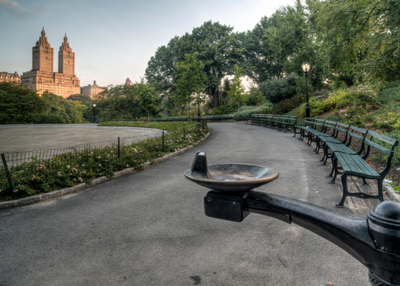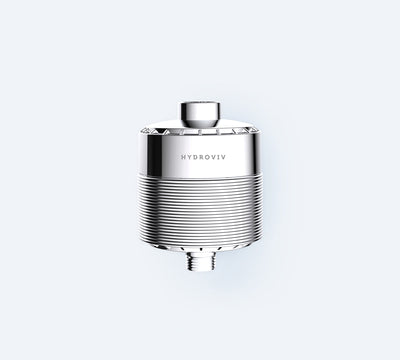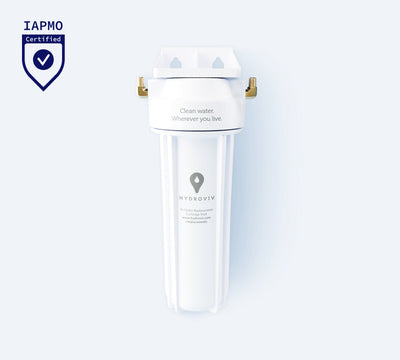Does New York City's Tap Water Have a Lead Problem?
RSS
Updated 9/11/2024 to include latest data
New York City’s Tap Water provides municipal tap water for more than half the population of New York, through an impressive network of 19 reservoirs and 3 lakes. Even though New York City’s tap water is widely recognized in the water industry as the “Gold Standard” for urban water providers (it’s truly an engineering feat on an unimaginable scale), the older infrastructure (pipes, plumbing, service lines) found in New York City itself present a risk of lead contamination once the water reaches the city’s distribution system. This lead level risk is higher for older buildings (where pre-1986 plumbing is found) and in multi-level complexes in NYC, because water accumulates lead while it sits in pipes.
(EPA Action Level = 15 ppb)

This table shows compiled data (aggregated from city reports) for NYC drinking water samples collected from customers’ faucets during the years 2007 through 2021. In all years, a meaningful percentage of the samples tested for lead were above the 15 ppb threshold set by US EPA, with some samples being recorded at upwards of 400 times that. It’s important to point out that despite the high lead levels, 2010 was the only year where NYC was in violation of EPA’s Lead and Copper Rule, because it was the only year where more than 10% of samples exceeded the 15 ppb threshold. According to the most recent report which includes the data for 2021, the 90th percentile was 12 ppb. While the lead levels in NYC water seen in the other years are in compliance with federal regulations, the EPA, CDC, and the American Academy of Pediatrics all agree that there is no safe amount of lead for children.
How To Minimize Lead Exposure If You Live In New York City:
If residents in New York don't use a drinking water filter that removes lead, there are ways to minimize exposure:
- Allow water to run for at least 2 minutes before collecting water for consumption (drinking/cooking). Doing so allows the water that is sitting in the pipes to flush out and be replaced by fresh water flowing through the large mains.
- Only run the faucet at a moderate rate when collecting water for consumption. Doing so minimizes the amount of lead particulates that can be swept into the water stream.
- Regularly remove the aerator grid on the faucet to keep lead-containing particles from building up and releasing lead into flowing water.
- Never drink or cook using NYC drinking water from the hot water faucet.
Hydroviv strongly advises NYC residents to take advantage of the free lead testing program if they choose not to filter their water. Under this program, people can request a free kit to test for lead in their drinking water by calling New York City’s 24-hour helpline at 311 or visiting www.nyc.gov/apps/311.
As always, we encourage you to take advantage of Hydroviv's "Help No Matter What" technical support policy, where we answer questions related to New York's drinking water and water filtration, even if you have no desire to purchase our products. Drop us a line at support@hydroviv.com
Other Great Articles That We Think You'll Enjoy:
How EPA Regulations For Lead Are Protecting Municipalities, Not Citizens
Things to Know Before Replacing Your Home's Lead Service Pipe
What You Need To Know About PFAS "Forever Chemicals"




